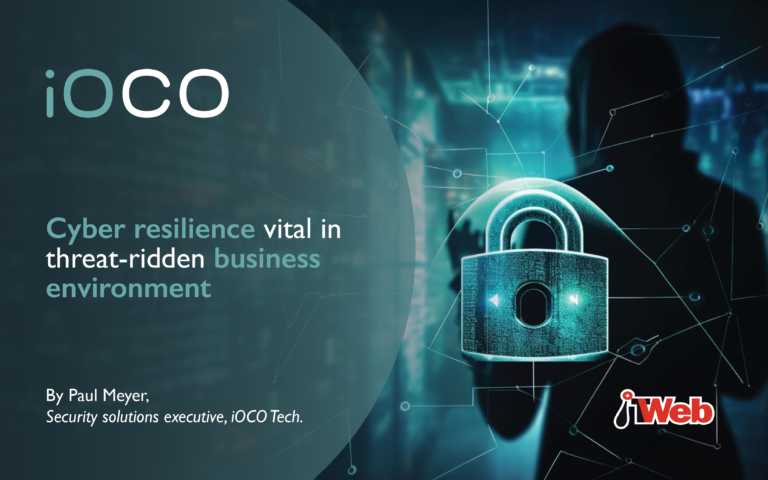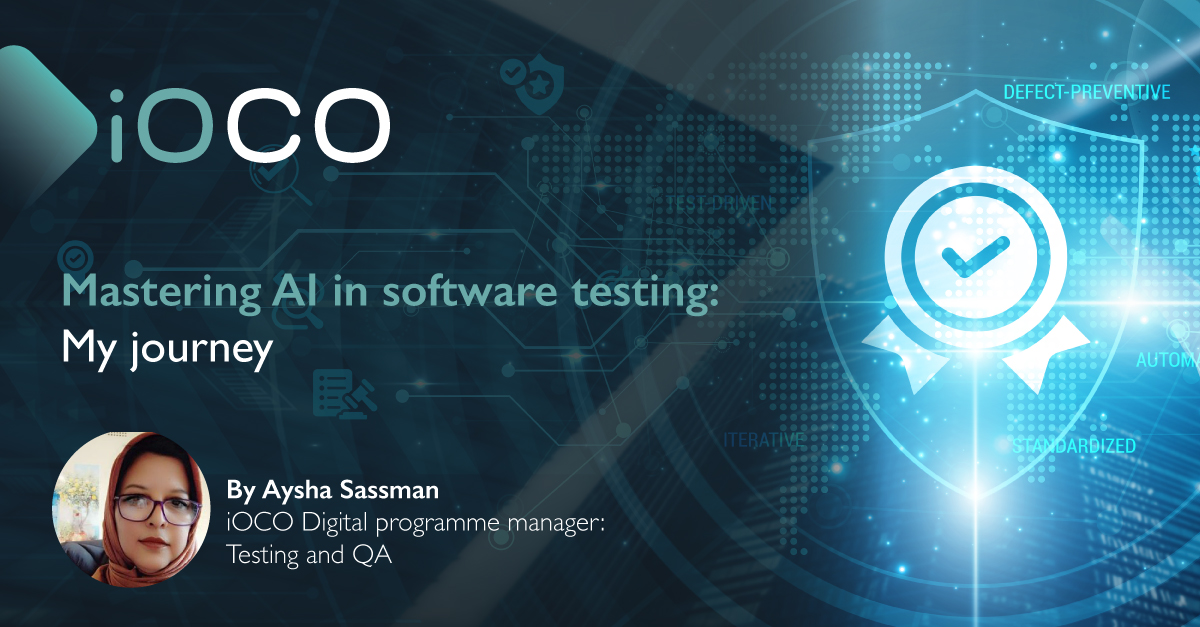According to Gartner, information is probably companies’ most valuable and lasting asset, with an ultimate value that is only limited by vision, or lack of same, for applying it.
Information empowers smart decisions and fuels organisations’ growth strategies. In short, information has never been more important, nor has it ever been in greater danger.
The cyber crime industry is devoted to innovating ways to get through security measures, breach firewalls and get into networks with one goal – to steal information. It’s not enough to rely on the same old security solutions put in place a decade ago – companies must think ahead and build a cyber resilience posture that protects now and into the future.
The pandemic accelerated disruption through technology advances and drove profound changes to the ways we work and live. Work-from-anywhere has remained a permanent part of our reality, as we now live in two worlds simultaneously − the virtual and the physical.
Contactless retail and social commerce are fundamental to customer experience. New supply chains continuously emerge and time to value has gained an urgency as never before.
Companies need intelligent threat detection and forensics if they are to protect the edge and keep employees and devices safe.
From the beginning of the pandemic, people migrated en masse to the virtual world for meetings, shopping, entertainment and more – the world went digital and almost overnight. Obviously, this development did not come without a degree of strain due to increased connectivity demand.
The virtual and the physical worlds are coming together, highlighting our need for trust and protection. If both worlds are to continue to operate effectively, cyber security must become a number one priority.
Security in the cloud has never been more important, as it is a crucial enabler of work from anywhere.
Companies need intelligent threat detection and forensics if they are to protect the edge and keep employees and devices safe, no matter where they are. Retailers need secure e-commerce platforms to deliver their products and services. Health services institutions and facilities need protection for data and records so patients’ privacy is protected, and they can receive critical care.
Security, protection and trust have become the foundation stones of a new platform, without which the physical and virtual worlds will fail.
The future of cyber resilience
Rapid changes to the physical and virtual worlds have catalysed a dramatic rethink across all dimensions of human existence: economic, societal, technological, environmental, individual, geopolitical and industrial.
A new era of cyber technology innovation is under way, which will enable organisations to rethink cyber security and respond to new threats in the midst of breakneck global change.
It is now mission-critical to secure cloud, edge, API services, data and artificial intelligence. Cyber resilience and security must underpin all information management initiatives across these parameters.
Brave new world of rising cyber threats
Cyber attacks are a top global risk. In the World Economic Forum’s Global Risks Report for the past two years, the top five threats were split into two key areas: environmental and technological, and physical and virtual. Our two worlds, both at risk.
Cyber attacks and data fraud or theft, which were not even on the radar 10 years ago, now represent two of the five biggest risks.
What do consumers think?
Public awareness about cyber attacks is high. According to KPMG, more than three-quarters of consumers are concerned about the privacy of their data.
This worry about the data that companies retain comes with concern about having that data stolen or compromised by a cyber attack.
A survey by Norton reports 63% of consumers worry about their data being stolen. Increasing public concern is being fuelled by ongoing media reports of the latest attacks and their impact on consumer data.
This last is a major stress, with the spin-off of many kinds of attacks leaving customers open to identity theft, credit card fraud and a world of social engineering scams and all because they placed their trust in a supplier.
One major impact from concern over cyber attacks is that customers may mistrust brands that suffered an attack. And this mistrust drives consumers away.
A cyber criminal can use one attack on an enterprise and spin it into hundreds of smaller attacks on the company’s customers – remember, cyber attacks may strike once, but identity- and personal data-related fraud is forever, as is the loss of business.
Arcserve reveals that 59% of consumers say they’ll avoid companies hit by a cyber attack in the past year. This means customers are likely to switch from the attacked company to its market rivals.
The cost of lost customers is reported to magnify the other costs by raising the incentive to make ransomware payments and spend more on cyber insurance, cyber security staff and tools, reputation management, reputational damage control through PR, and more.
It’s not all gloom and doom – you can look at this dark picture and from it extrapolate opportunity by establishing a strong security and customer data protection posture and communicating it to the market. That discussion is for our next article on this topic.
Originally featured here
Written by: Paul Meyer, security solutions executive, iOCO Tech.



